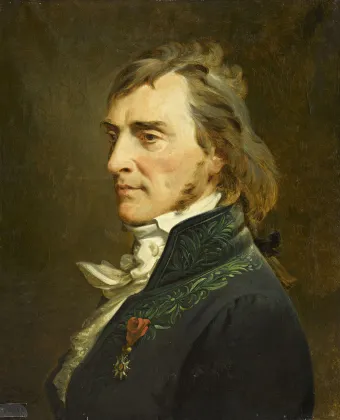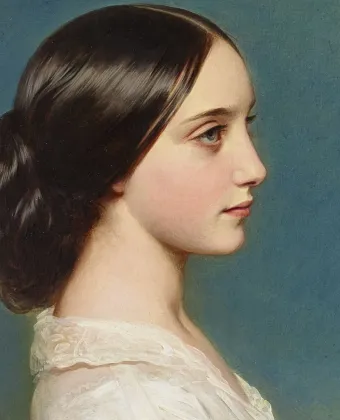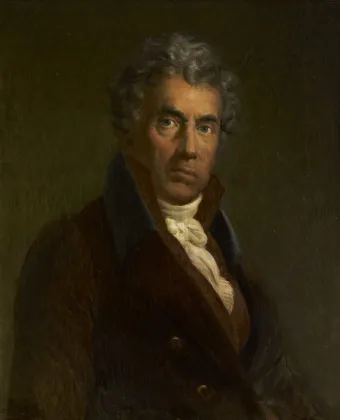Musée des Monuments Français
On 2 November 1789, the Constituant Assembly formally made all property of the clergy available to the Nation and, the following year, the Monument Commission decided where these items should be kept. The former Petits Augustins convent in Paris, opposite the Louvre, was chosen as one of the storehouses for architectural artwork and sculptures from the city’s churches. An artist named Alexandre Lenoir was named the general administrator on 6 June 1791, and he began working to turn it into a “museum dedicated to monuments”.
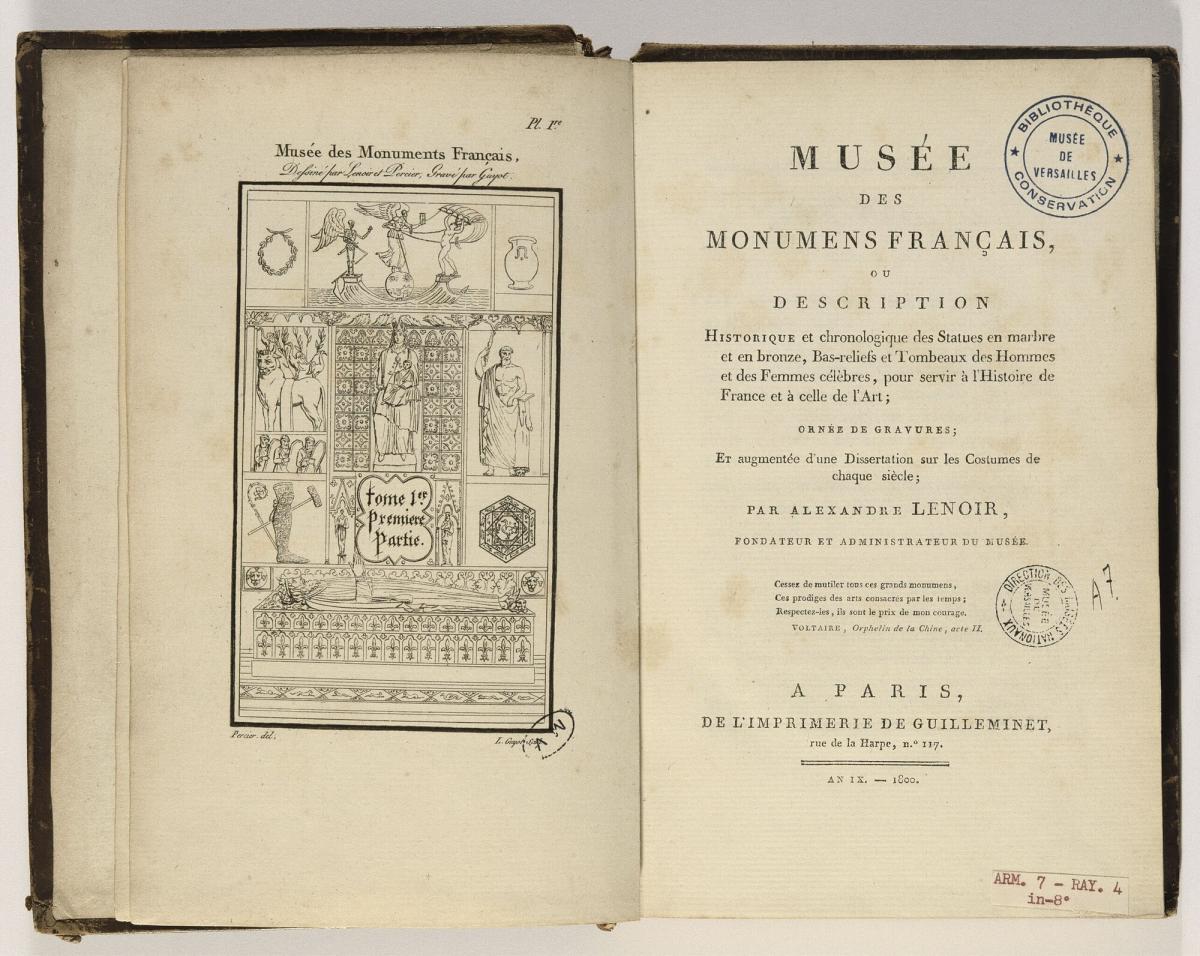
Musée des Monuments Français
Lenoir, Alexandre (author)
1800
© RMN-Grand Palais (Château de Versailles) / Gérard Blot
When the Convention of 1 August 1793 decreed that the tombs of all “former kings” at the Basilica of Saint Denis were to be destroyed, Lenoir intervened to prevent the monuments themselves from destruction and successfully kept them from harm by moving them to his storehouse. In November 1794, , he received the title of “Curator” and took the initiative of opening his "Musée des Monuments Français" to the public. The works were classified by period in rooms intended to recreate the atmosphere of the time periods of the items displayed. Lenoir published a museum catalogue, which was reprinted several times.
The Musée des Monuments Français was very successful and played a significant role in the rediscovery of medieval and Renaissance art at the end of the Revolution and during the Empire. However, the museum had to close in 1816, when the Restoration government sought to return the works of art and tombs to the churches.
Alexandre Lenoir at Versailles
Versailles houses a portrait of Alexandre Lenoir by Delafontaine (1799), which shows him in his museum, in one of the lateral chapels of the Petits Augustins church, where he had placed the tomb of François I, which can be seen behind him. In his hands he holds a piece of classical architecture and an urn containing the ashes of Molière, which he had obtained for his museum and were later sent to Père-Lachaise cemetery in 1816.
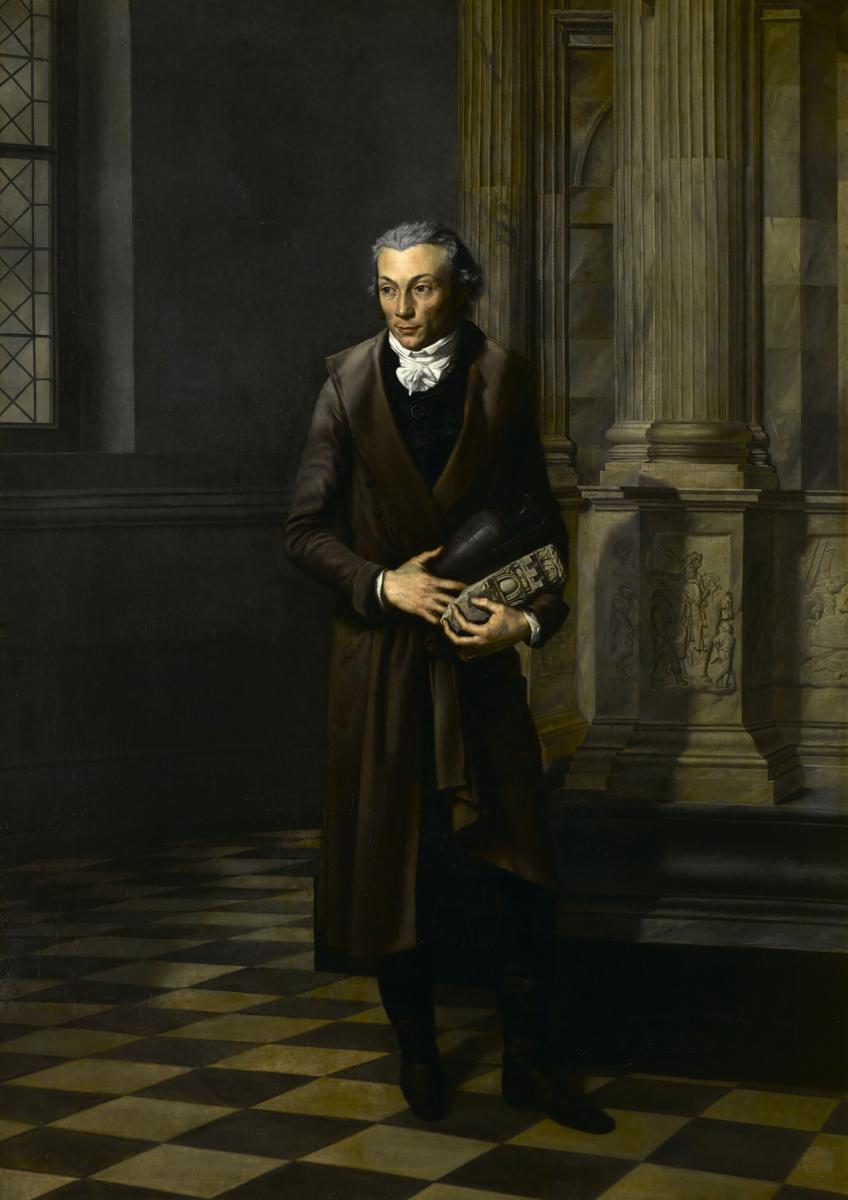
Alexandre Lenoir
Delafontaine, Pierre-Maximilien (painter)
1799
© RMN (Château de Versailles) / © Gérard Blot
When Louis Philippe, created the Historic Galeries of Versailles, they were used to house many of the works from Lenoir’s Musée des Monuments Français, which were placed in the stone galleries in both wings of the palace and passageways. While many have now been moved to the Louvre, Versailles is still home to a few of these works.








